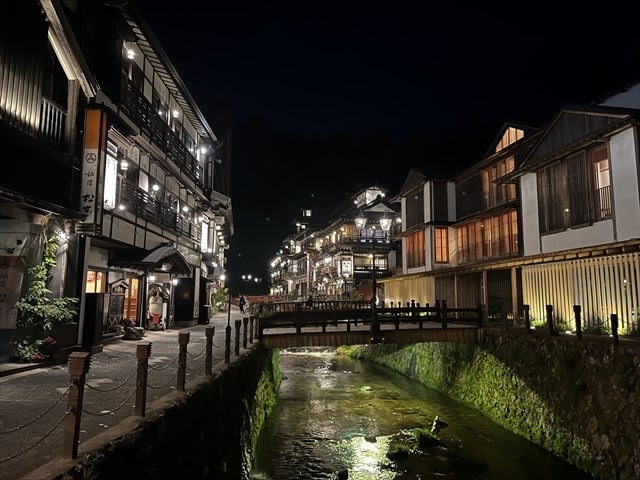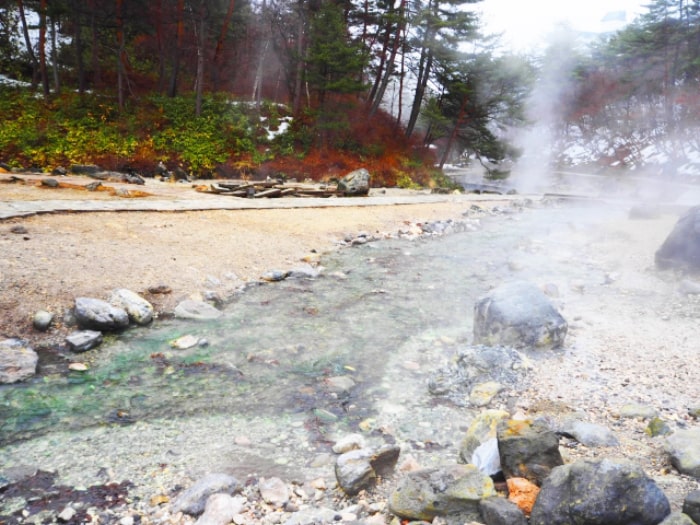

About Ryokan
Unlike hotels, ryokans are Japanese-style inns that offer a uniquely Japanese atmosphere.
Staying in a traditional Japanese ryokan, you can enjoy an atmosphere as if you have stepped back in time to the old days of Japan.
In most Japanese inns, you will stay in a Japanese-style room with tatami mats, where you sleep on a futon laid on the tatami mat.
For those who do not like to sleep on futons laid out on tatami mats, some ryokans offer rooms with beds on tatami mats, some with tatami mat Japanese-style rooms with bedrooms, and some with Western-style bedrooms.
Most ryokan rooms have a bath, washroom, and toilet, but many onsen ryokan do not have a bath in the room, but use a large onsen bath.
The large baths are spacious with a large bathtub and a large washing area, and some have open-air baths.
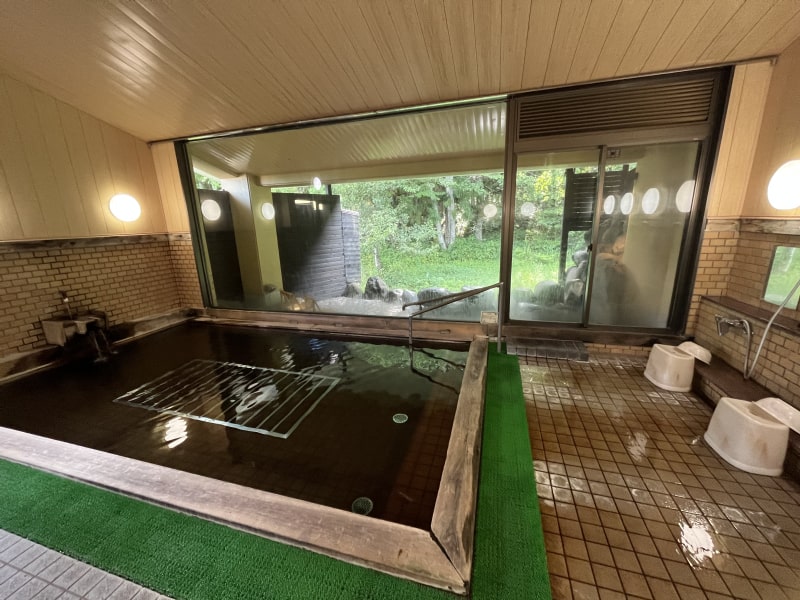
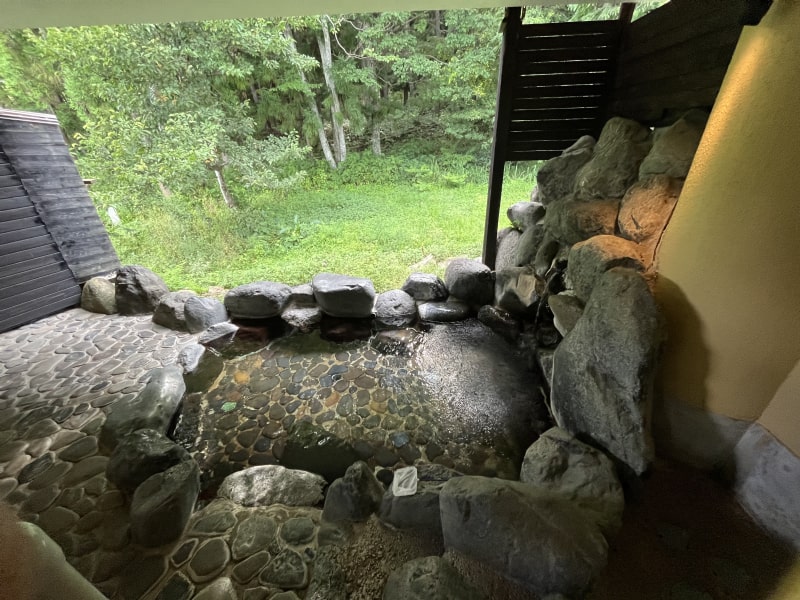
The large baths and open-air baths allow you to stretch out your arms and legs and relax in the hot water.
If you are not comfortable with the idea of sharing a large bath with others, we recommend staying in a room with an open-air bath in the room or in a ryokan that has baths that can be reserved for private use.
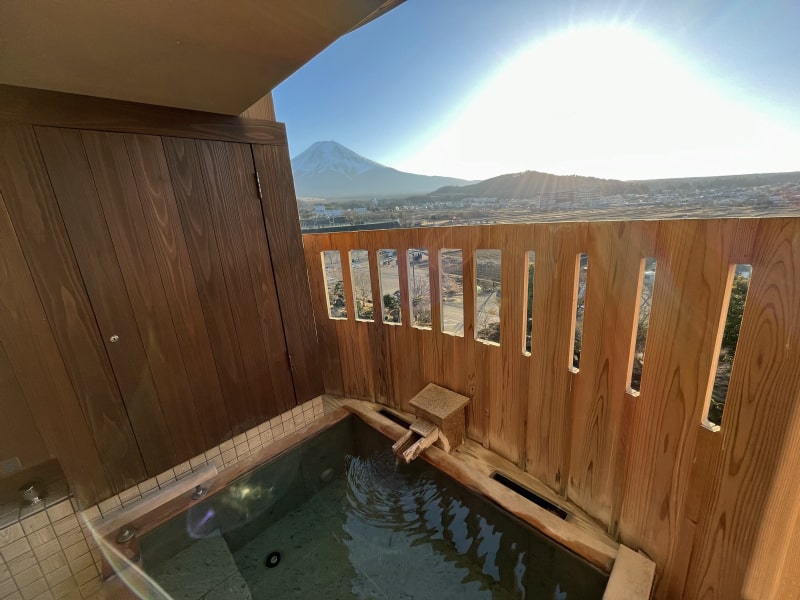
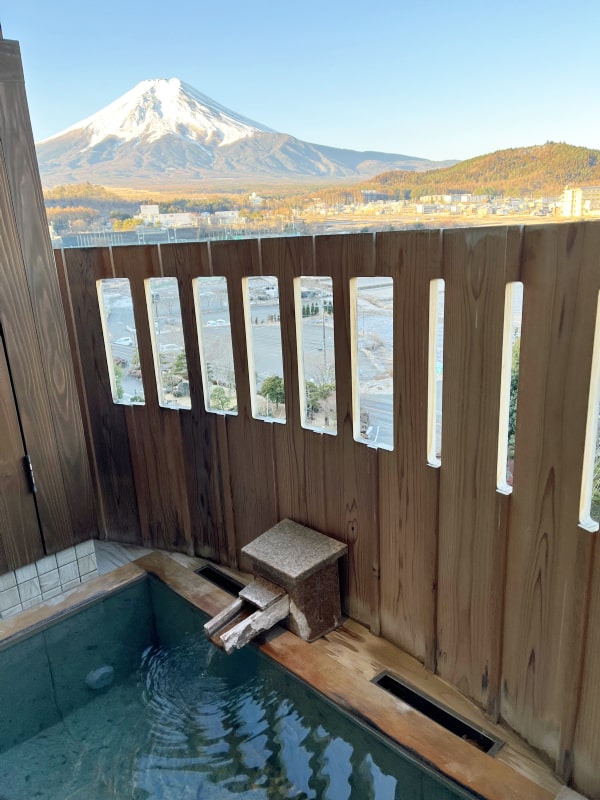
Staying at a well-established luxury ryokan in Japan is full of hospitality, and you will receive first-class service.
When you check in at a ryokan, a waiter will show you to your room, and you will be served tea and tea sweets in your room.
While receiving tea service, you will be given an explanation of the ryokan and information about dinner and breakfast times.
Many ryokans have Japanese gardens, so you can enjoy beautiful seasonal views from the window of your room.
About the Rooms
Japanese-style rooms in ryokans are covered with tatami mats, a traditional flooring material used in Japan since ancient times.
The surface of tatami is made of a grass called igusa, and the process of making tatami is registered as a UNESCO Intangible Cultural Heritage as a traditional technique.
Japanese people sleep on futons laid on tatami in Japanese-style rooms.
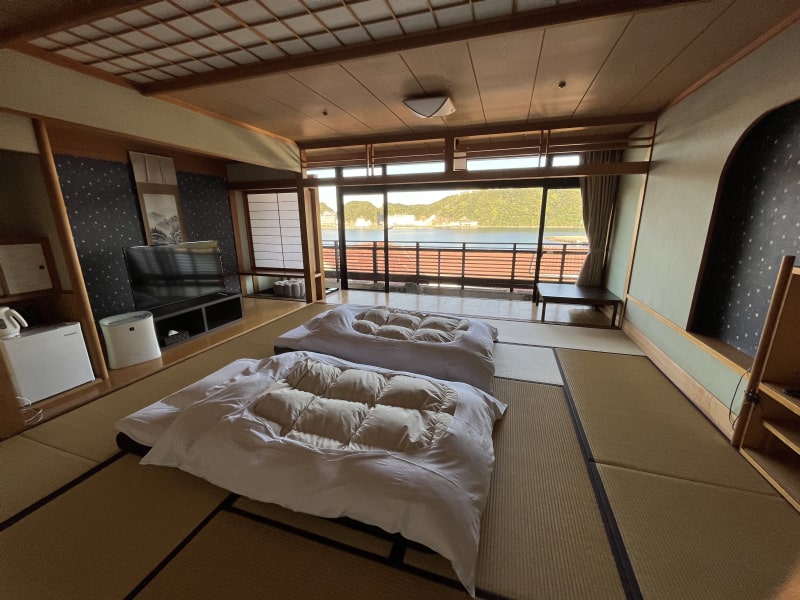
In ryokans, futon bedding is usually laid out in the room by an employee at night and put away in the morning, so guests do not need to lay out their own futons.
Some ryokans have Western-style rooms for those who do not like to sleep on futons, such as a Japanese-style room with a bed, a Japanese-style room with a bed, or a twin-bed room.
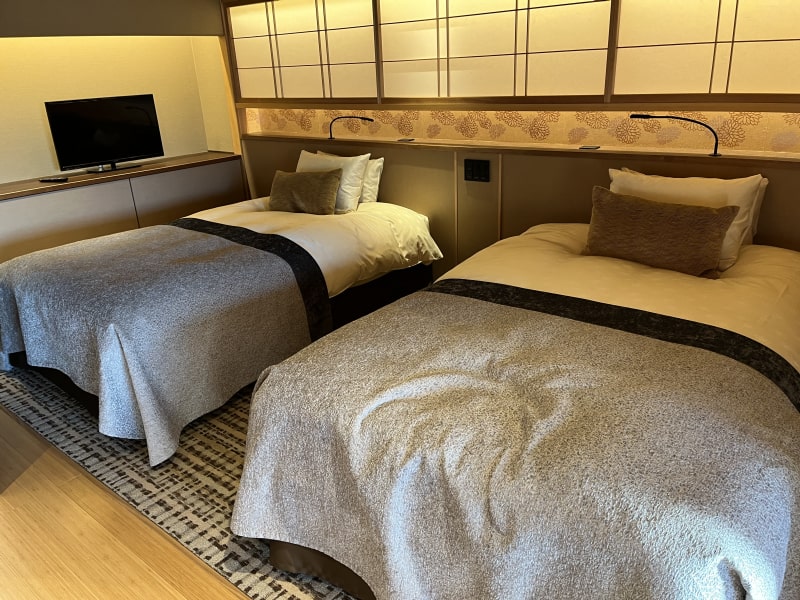
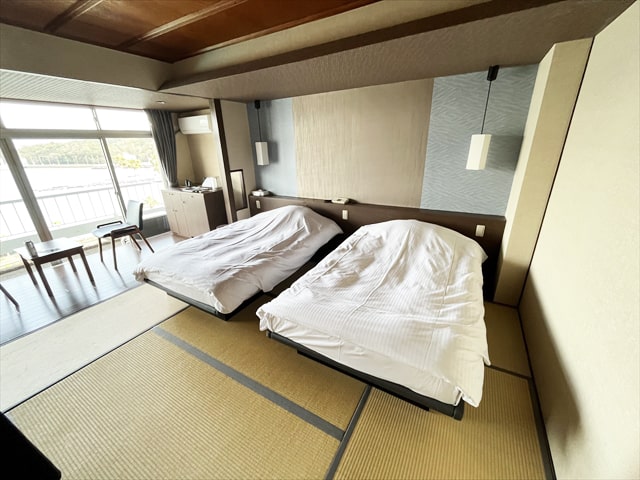
Ryokan rooms usually have a bath, washroom, and toilet, but some ryokans, such as onsen ryokans, may not have a bath in the room if the bath in the room is not a hot spring bath, as they rarely use the bath in the room.
Ryokans that were used as therapeutic baths in the past may not have washrooms or toilets in their rooms, and some inns use shared toilets and washrooms in the hallway.
The more upscale a Japanese inn is, the more amenities it offers, so it is advisable to check the inn's website.
About the Baths
Most Japanese inns have separate large public baths for men and women to bathe in, sometimes with onsen (hot spring) water and sometimes with plain hot water.
When entering a ryokan bathhouse in Japan, you must be completely naked, and bathing suits are not allowed.
At first you may feel uncomfortable bathing naked in front of many people, but you will soon get used to it.
When using a large public bath, please wash your body at the washing area before entering the bath.
When washing your body, be careful not to splash hot water on the people around you.
Please clean the tub in the washing area after use and return it to its original position.
If you have long hair, tie your hair up or wrap a towel around your head to prevent your hair from getting into the hot water.
First, soak slowly in the bathtub, first up to the level of your stomach, and then up to your neck when your body starts to warm up.
Do not wash your body in the bath.
Do not soak your towel in the hot water.
Do not swim in the large baths, which are like swimming pools.
Do not make loud noises, as it may disturb the people who are relaxing.
After washing your body in the washroom and soaking in the bath, wipe yourself lightly with a hand towel before returning to the changing rooms.
In the changing room, wipe yourself with a bath towel and put on a yukata, which will make you feel very refreshed, and you will have enjoyed a large Japanese-style bath.
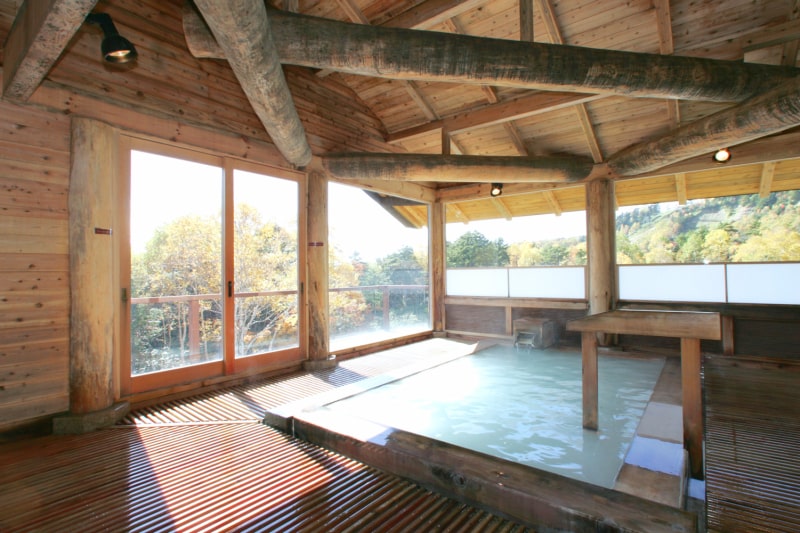
About Meals
The best part of staying at a ryokan is the Japanese food. When staying at a ryokan, dinner and breakfast are usually included.
Ryokan meals are prepared with the best of local and seasonal ingredients.
Kaiseki meals begin with appetizers, followed by soup, sashimi, fish, meat, and rice.
Depending on the ryokan, meals may be served in the room where you are staying or at a table for each group in a restaurant.
Both dinner and breakfast are sure to provide you with a variety of delicious seasonal Japanese cuisine.
dinner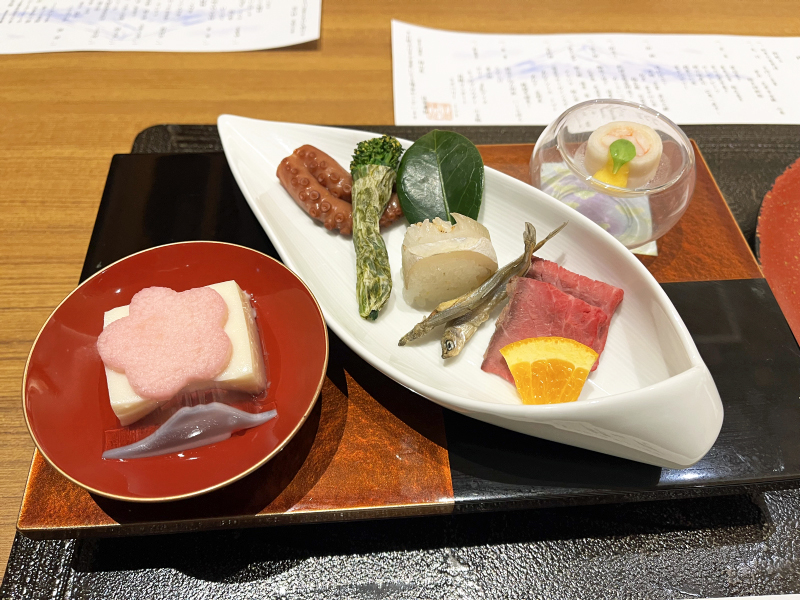
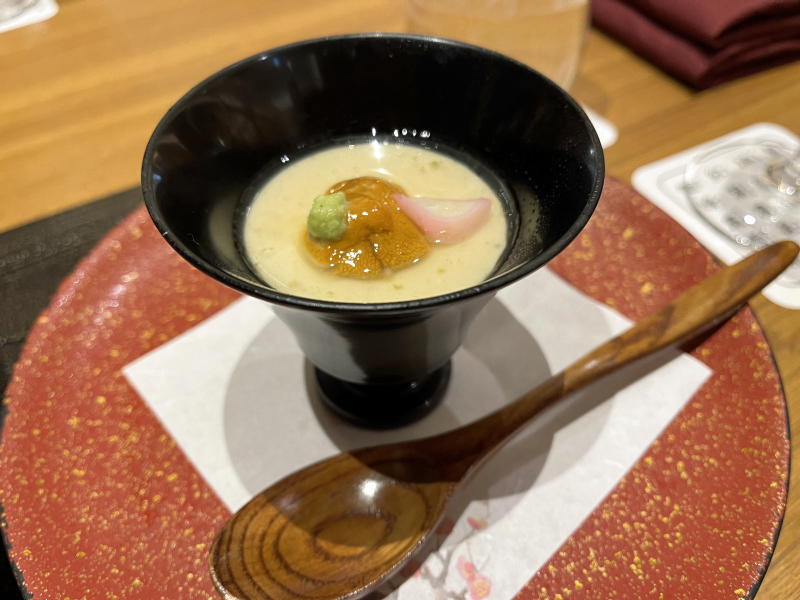
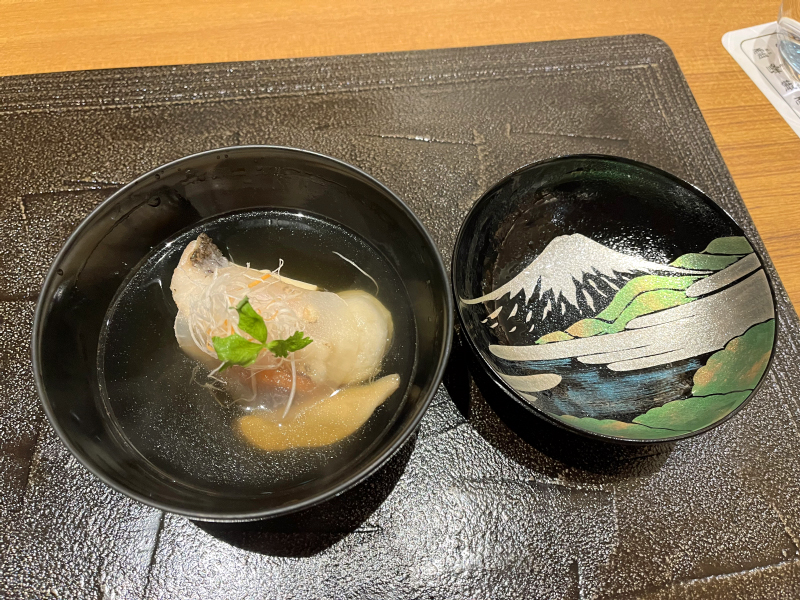
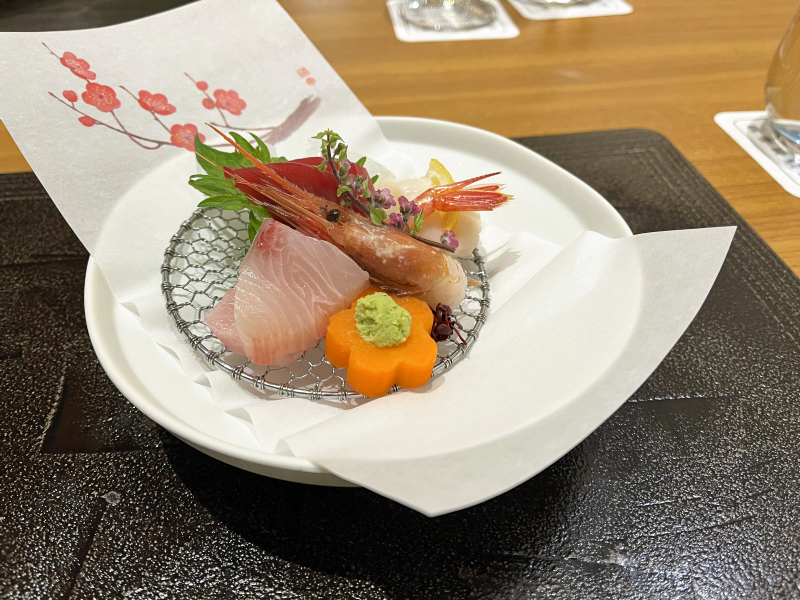

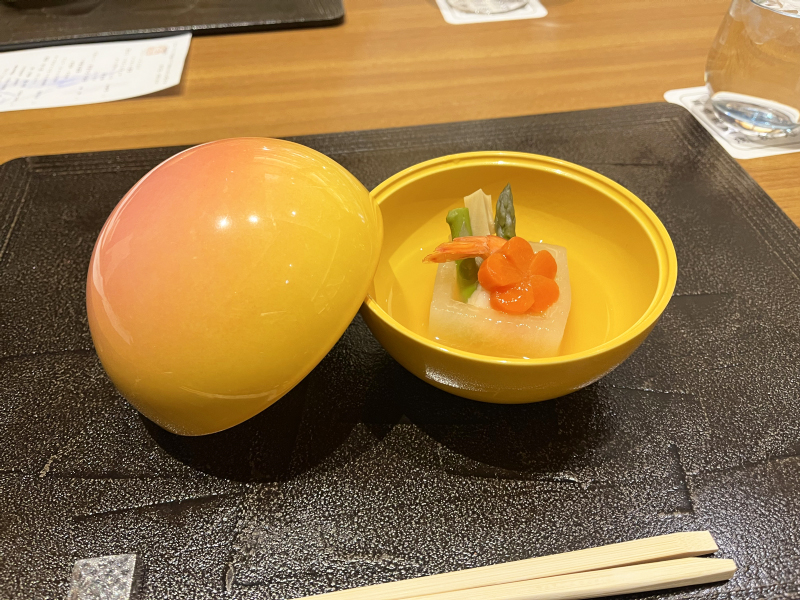
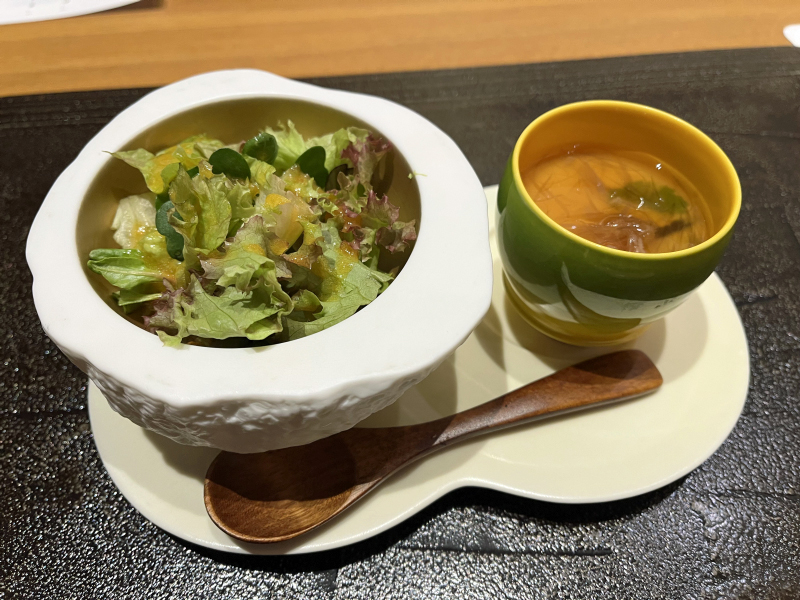
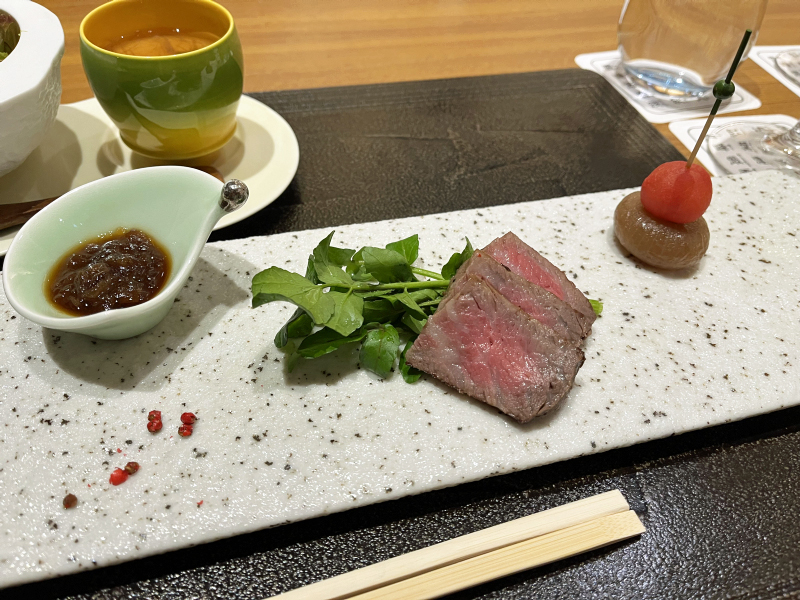

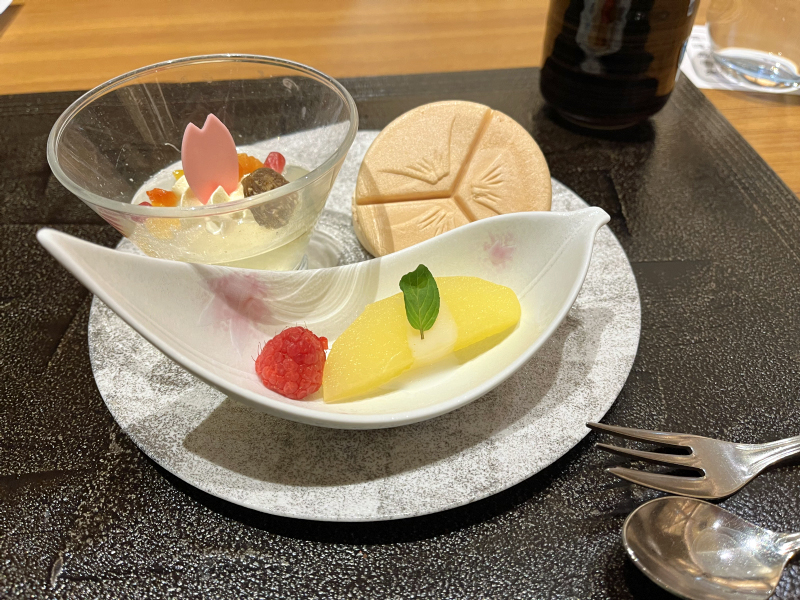
breakfast

Looks delicious, don't you think?
Advantages of Ryokan
The greatest benefit of staying at a ryokan in Japan is that you will receive the Japanese way of hospitality.
At ryokan, you will receive personalized service, such as welcoming you, serving meals, preparing bedding, and seeing you off.
Ryokans often have large, open-air hot spring baths or open-air baths and other bathing facilities, making them perfect for those who want to experience something extraordinary in Japan.
サイトは温泉旅館やホテルについて調べた時点の情報となっています。
記事内容が最新の情報と違っている場合がありますのでご容赦ください。
当サイトの記事等で問題がございましたら直ちに訂正させて頂きます。
大変申し訳ございませんがご連絡を頂けます様、よろしくお願いいたします。
サイト管理者連絡先
sutekinatabinotomo@yahoo.co.jp
